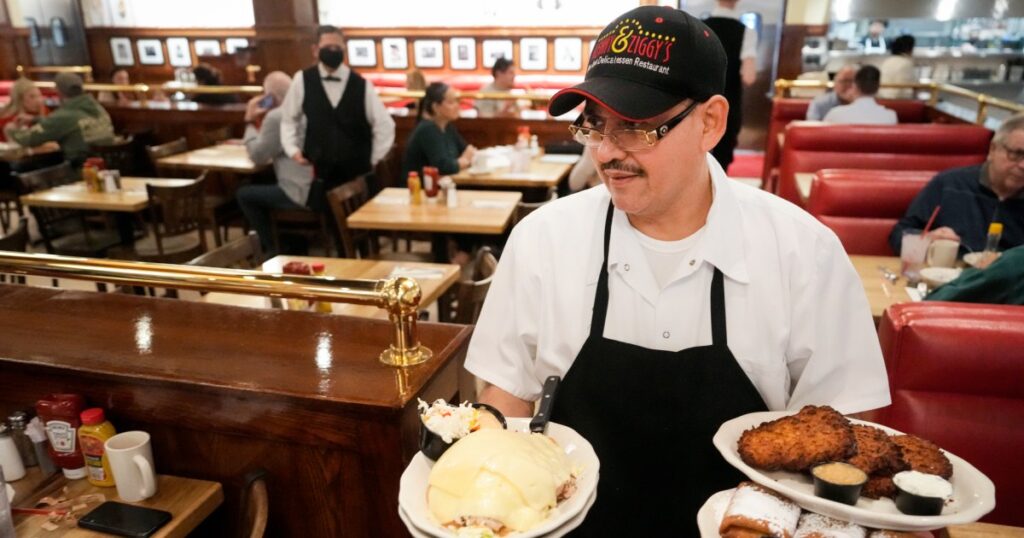

The U.S. added 143,000 jobs in January, fewer than economists expected, but the unemployment rate inched down to 4% from 4.1%, beating forecasts.
Forecasters surveyed by Dow Jones had anticipated 169,000 payroll gains in January, after a surprisingly large 256,000 jump in December.
The numbers released Friday by the Bureau of Labor Statistics include routine annual data adjustments, in which November and December payroll levels were revised up by a combined 100,000.
The BLS also revised downward the monthly pace of job gains for 2024, to an average of 166,000 from a previous estimate of 186,000, reinforcing widespread expectations that hiring last year wasn’t quite as robust as earlier data had suggested. For the period covering 2023 and early 2024, the U.S. added 589,000 fewer payrolls.
Some indicators, like hiring rates and the share of people quitting their jobs, show slower movement in the labor market as employers think twice about staffing up and workers about jumping ship. But economists generally say the job market remains in solid shape even as it cools, and other surveys have shown executives are optimistic that President Donald Trump will boost business through new and extended tax cuts and deregulation that could spur more hiring.
“Hiring intentions have gone up across the board,” said Eric Wallerstein, chief markets strategist at the Yardeni Research consultancy.
Adding to those favorable conditions is an interest-rate environment that is stabilizing. Economists now believe the Federal Reserve is unlikely to dramatically alter interest-rate levels — and even Trump recently said the central bank’s opting last month to hold rates steady was well-advised, after earlier slamming the central bank hours after its decision.
Uncertainty of any kind is among the most feared conditions for businesses, and Wallerstein said there’s now widespread agreement that borrowing rates won’t move much from here. While that may disappoint consumers hoping to pay less on things like credit card and auto loan bills, greater certainty generally supports economic growth.
Separately, Trump’s tariff threats have also caused market turbulence, and some Wall Street analysts have signaled they would revise their economic growth estimates should he begin to fully implement them.
In a research note this week, Gregory Daco, chief economist at EY (formerly Ernst & Young), said GDP could contract by as much as 1.5% this year, with inflation climbing an average of 0.4 additional percentage points, depending on the extent of Trump’s tariff levies.
“Rising trade policy uncertainty will heighten financial market volatility and strain the private sector, despite the administration’s pro-business rhetoric,” Daco wrote.
Meanwhile, given how low hiring rates are and how narrowly job gains are concentrated in a handful of sectors like health care and state and local government, many people looking for jobs are still likely to encounter difficulties.
But overall, official job indicators remain in good shape. Unemployment is relatively low, while labor force participation, or the extent of the population that is active in the workforce, and employment-population ratios are at or near all-time highs.
 Latest World Breaking News Online News Portal
Latest World Breaking News Online News Portal






